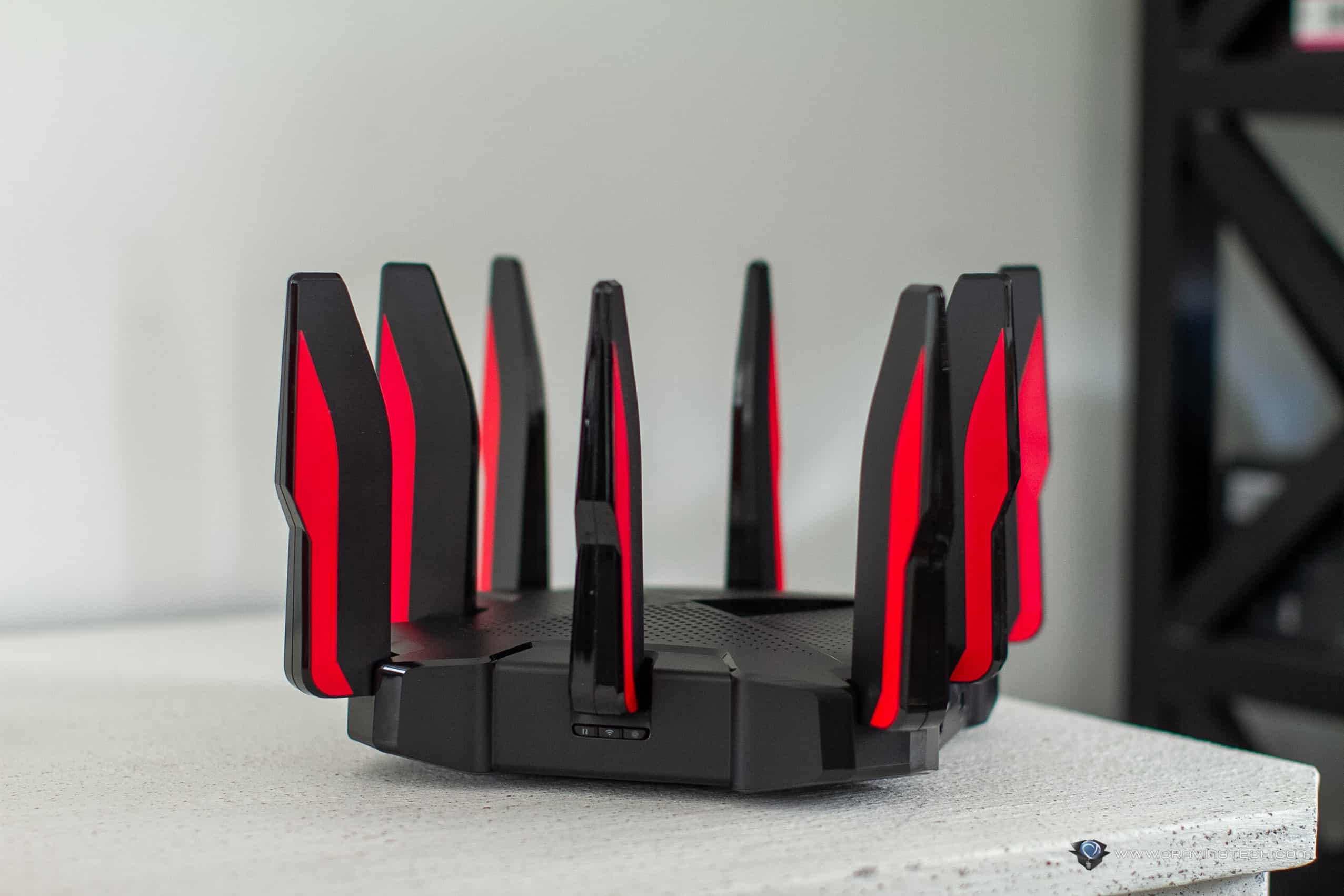
Note: This is a guest post written by Oliver Stanton – In recent years, the concept of smart homes has gained popularity all over the world. From being able to control your thermostat remotely to ensuring that your front door is locked via a mobile app, smart homes offer unmatched security and convenience. For these devices to function optimally, having a strong and optimized WiFi network is necessary. For this purpose, we have explored some things that you need to do in order to optimize your WiFi network so that smart home devices work flawlessly without any issues.
Assess Your Current Wi-Fi Network
Before you proceed with the actual process of optimization, it is necessary that you understand your current WiFi setup. You can start by assessing whether your router is single-band, dual-band, or tri-band. After this, you can head over to 192.168.1.1 and evaluate your network’s speed, coverage, and reliability. You can also get help from online tools and smartphone apps to evaluate your current WiFi network.
Furthermore, roam around your home or apartment to identify any dead spots or areas with poor WiFi coverage. Knowing your current WiFi network will enable you to understand its strengths and weaknesses, so you can work on them to improve them.
Choose the Right Router
The heart of any wireless network setup is the wireless router, and the first step in optimization is choosing the right router. Choosing the right router can make a significant difference in your smart home network. When choosing a WiFi router, consider factors like the size of your home, the number of devices connected, and your budget.
Nowadays, having a dual-band or tri-band router is recommended, as these routers can handle multiple devices and data-intensive tasks simultaneously more effectively. If you have a large home that requires extensive coverage, you can also consider buying a mesh WiFi network that will resolve all of your coverage-related issues.
Optimal Router Placement
Router placement is essential for smart home systems, as the router should be placed at a location where it can transmit signals evenly to all the connected devices. The ideal location to place your WiFi router is in the central area of your home, where it can transmit signals in all directions.
Avoid placing the router in closed cabinets, near thick walls, or close to other electronic devices, as these can hinder signal propagation and cause interference. Keep the router elevated from the flood and make sure that there are no objects nearby that are obstructing the router.
Network Security for Smart Homes
Security is paramount for smart home systems where multiple devices are connected to the same WiFi network. Ensure that your wireless network is protected with a strong and unique password for both the router access page via 192.168.0.1, and the WiFi network, so that no one other than you can access it.
Enable the latest WPA3 encryption protocol to safeguard your WiFi network from unprotected and unauthorized access. If possible, consider creating a separate network, or SSID, for your smart devices. By isolating your devices on a different SSID on the same network, you can prevent a compromised smart device from providing a gateway into your primary network.
Manage Bandwidth and Prioritize Devices
Since smart home systems consist of multiple devices. From smart TVs and thermostats to gaming consoles and security, there are a multitude of devices in a smart home system. To ensure a smooth experience for all the connected devices, you will have to manage the bandwidth efficiently. You can either ensure that all the connected devices receive the same bandwidth or prioritize certain devices over others using the Quality of Service (QoS) settings.






